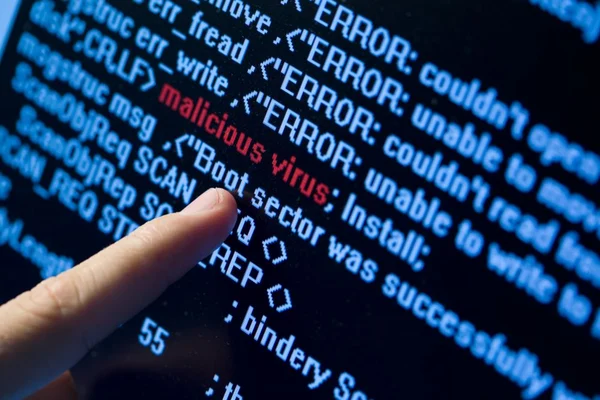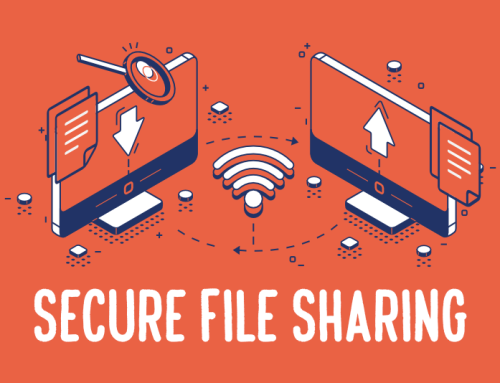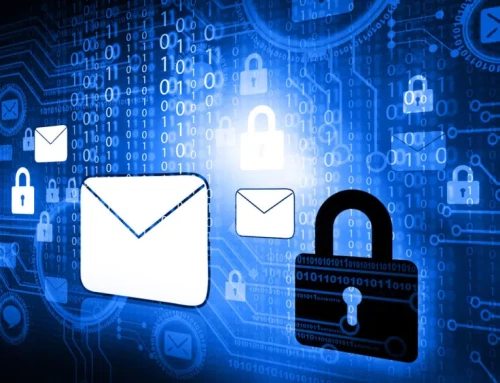Malicious software
Malicious software, also known as malware, is a serious threat to people, companies, and governments alike in the modern digital age. A wide range of software known as malware is created with the intention of compromising computer systems, stealing confidential data, or interfering with regular operations. In order to protect yourself and your digital assets, this article examines the various types of malware, their potential effects, and crucial preventive measures.
Types of Malware:
Viruses are computer programs that reproduce and attach themselves to trustworthy files or programs in order to spread from one system to another. They have the potential to do significant harm, including system instability and data loss.
Worms are self-replicating computer programs that spread throughout networks devoid of user interaction. Malicious software can use up server resources, clog the network, and set up backdoors for hackers.
- Trojans: Trojans pose as trustworthy software in order to trick users into installing them. Once turned on, they have the ability to open a backdoor, steal confidential data, or let someone else use a system without authorization.
- Ransomware: Ransomware is a computer virus that encrypts files on a victim’s system and prevents access to them unless a ransom is paid. This kind of malware is more and more common, and it now targets critical infrastructure as well as customers and companies.
- Spyware: Spyware is intended to track a user’s activities without the user’s knowledge and frequently gathers sensitive data like passwords, credit card information, or browsing patterns. Identity theft and privacy violations may result.
- Adware: Frequently bundled with legitimate software, adware displays unwanted advertisements on a user’s computer. It can be intrusive and have a negative effect on system performance, despite not being as malicious as other forms of malware.
Malware infections’ effects:
Data breaches: Malware can result in unauthorized access to and theft of private information, such as financial records, intellectual property, and personal information. Identity theft, money losses, and reputational harm could result from this.
- System disruption: Malware can interfere with regular system operations, leading to crashes, slowdowns, or the complete inaccessibility of the system. Productivity declines, operational hiccups, or service interruptions may result from this.
- Financial repercussions: Both individuals and businesses may suffer significant financial losses as a result of malware attacks. Data recovery, system restoration, attorney fees, and reputation management can come at a high cost.
- Invasion of user privacy: Some forms of malware, like spyware, invade user privacy by keeping tabs on activities and collecting private data. This might result in exploitation, blackmail, or personal harm.
Use reputable antivirus and antimalware software as preventive measures. Install reliable security software and make sure it’s current. Scan your system for malware frequently, and set up automatic updates for better security.
- Use caution when downloading and browsing: Use caution when downloading files, clicking on links, or opening email attachments. Only download software from reliable sources, and stay away from dubious websites.
- Ensure that your operating system and applications are up to date. Malware can take advantage of vulnerabilities in outdated operating systems, web browsers, and other software.
- Activate firewalls on your devices to filter network traffic and prevent unauthorized access, and use strong passwords. For every account you have, use a strong, one-time password, and turn on multi-factor authentication whenever you can.
- Become knowledgeable about safe computing practices, and keep up with the most recent malware threats and techniques. Be cautious of social engineering strategies like phishing emails and misleading websites. Back up your data frequently to lessen the effects of potential ransomware attacks.
Malware is constantly changing, and this poses serious risks to people and businesses everywhere. By comprehending the different varieties of malware, their effects






